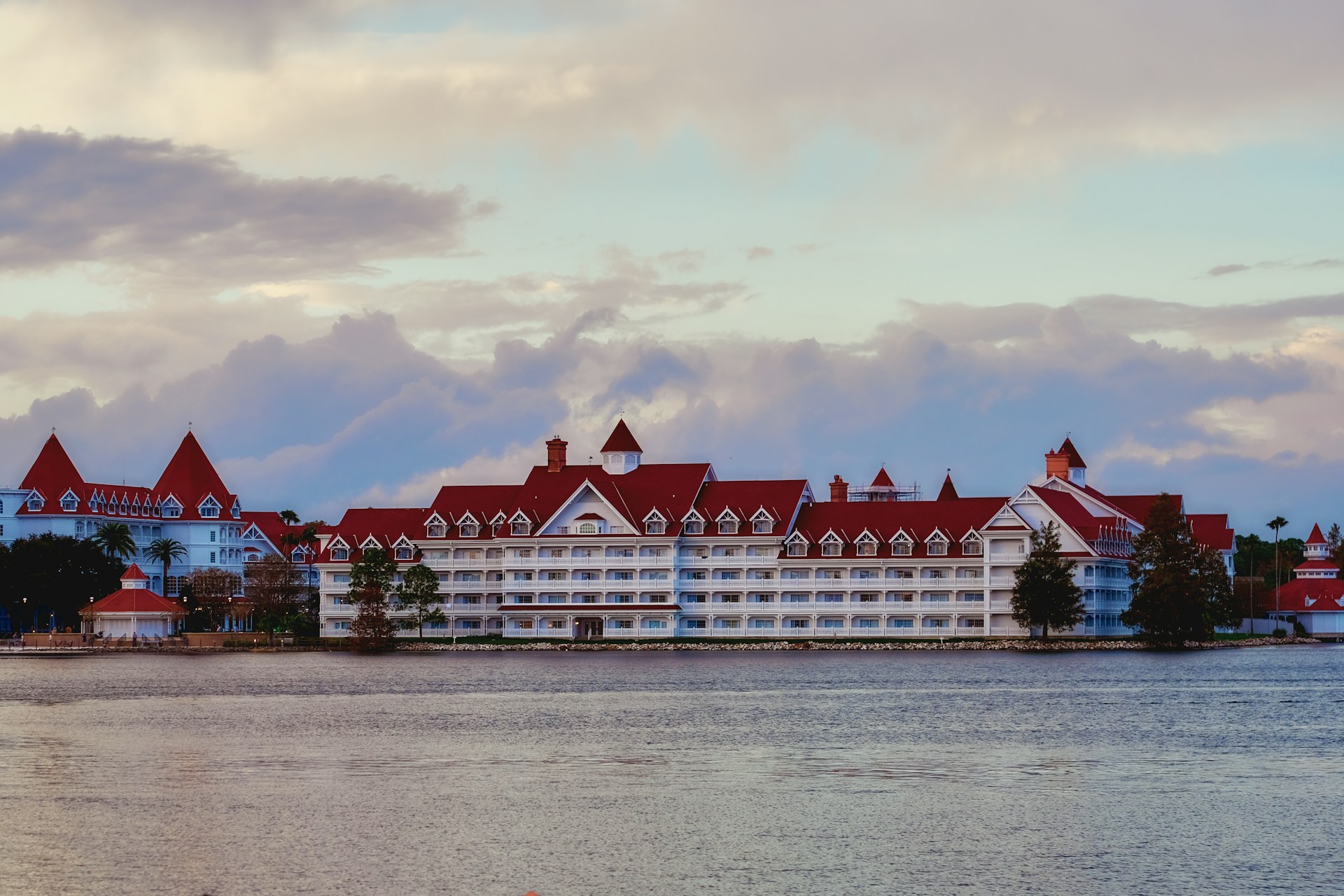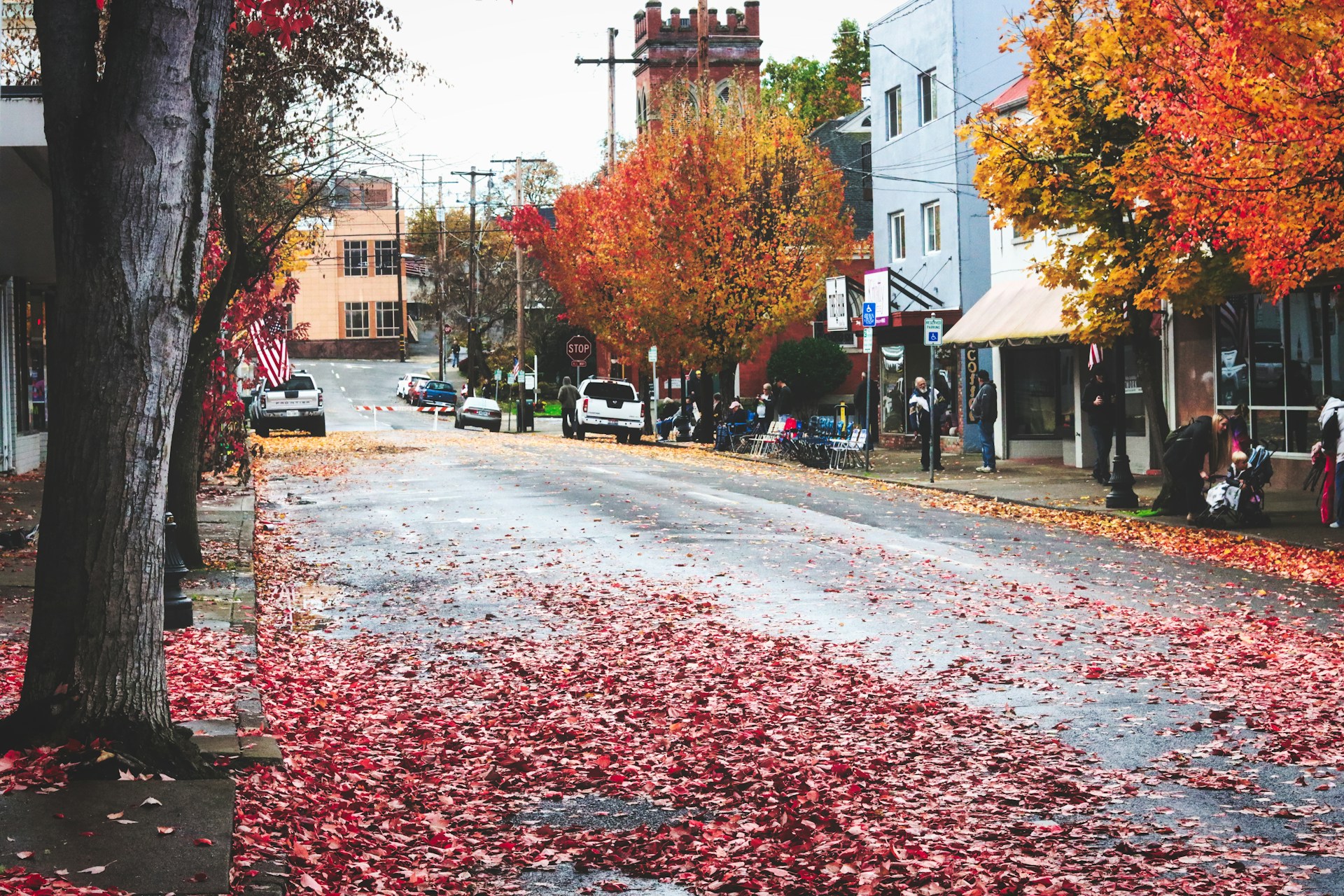A quiet shift is underway in places that value parks, schools, local diners, and realistic rents. Recent gains in population, income, and new businesses point to small cities that feel livable now and promising later. These are communities adding housing at a steady clip, keeping crime manageable, and attracting newcomers who stay. What this really means is momentum that shows up after 6 p.m., when porch lights glow, main streets hum, and the calendar fills with markets, ball games, and small wins.
North Port, Florida
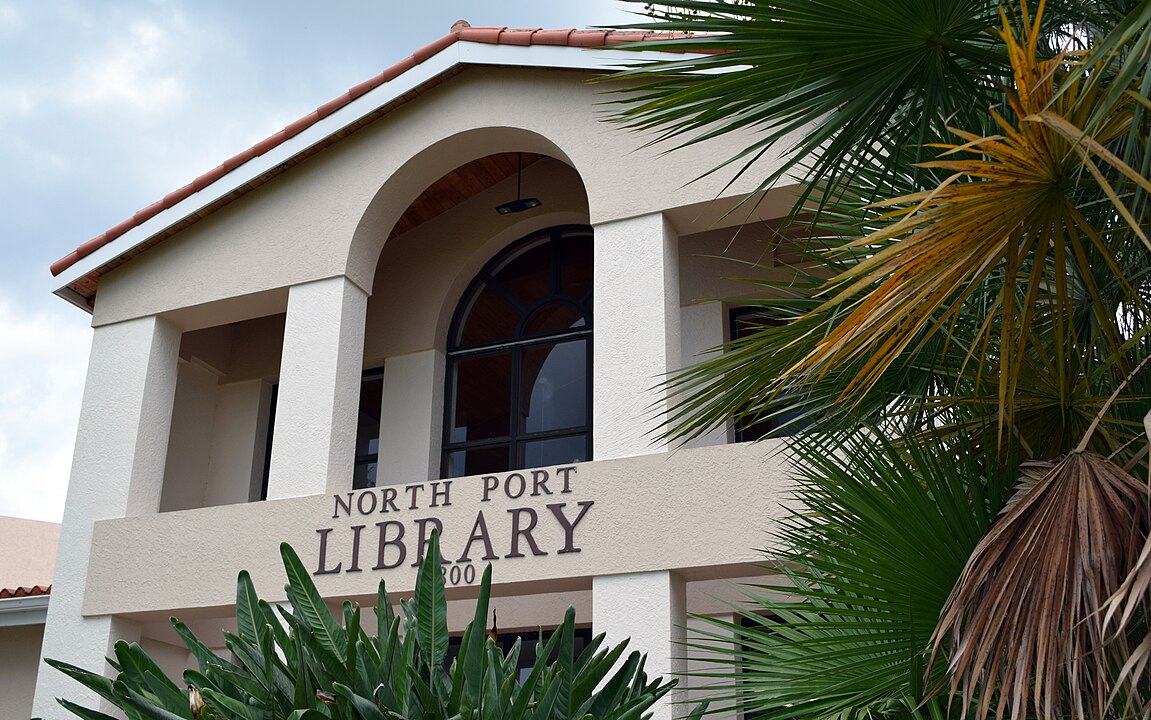
North Port is building a future that looks practical and bright. Population growth near one third since 2017 meets a sharp rise in housing, which signals room for families and service jobs to expand in tandem. Median incomes have climbed, bringing stronger local spending, while Gulf access, medical networks, and hurricane-ready infrastructure keep everyday life grounded. The pace feels sustainable, not frantic, with neighborhood trails, new storefronts, and weekend sports turning transplants into long term residents.
New Braunfels, Texas
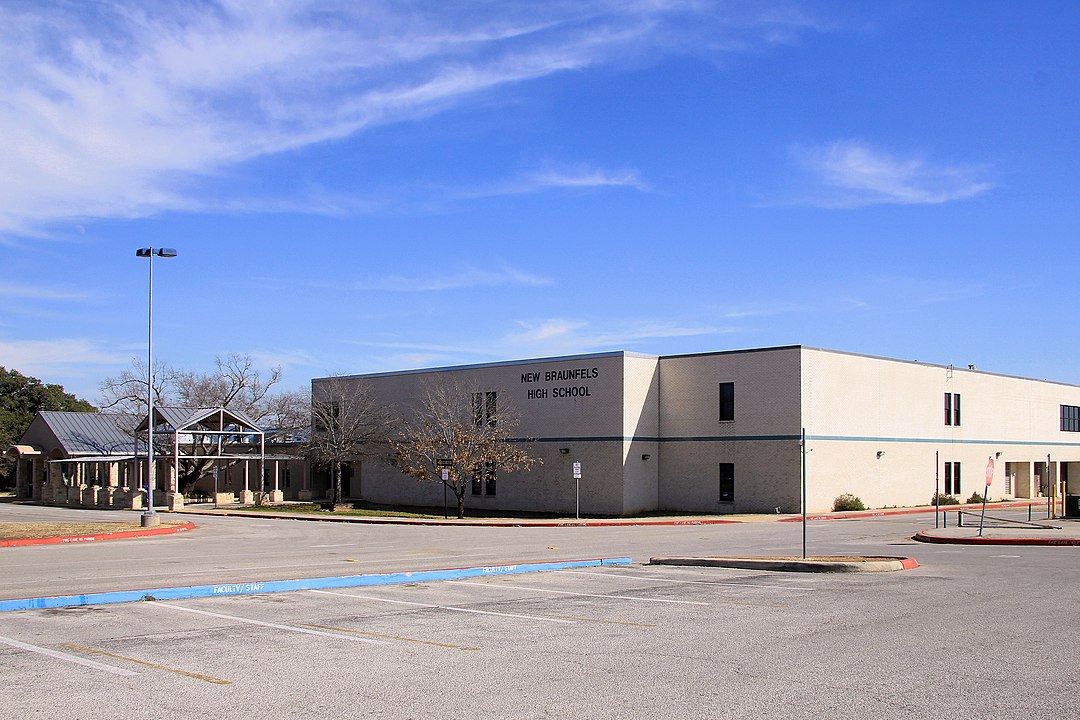
New Braunfels blends Hill Country charm with real economic pull. Steady GDP gains, a resilient small business scene, and reliable visitor traffic from river seasons translate into year round payrolls. Employers recruit from San Antonio and Austin, yet the city holds its own identity with music halls, bakeries, and a downtown that invites walking. Housing arrives as infill and new neighborhoods rather than sprawl without services. It is the kind of momentum that lifts schools, parks, and storefronts together.
Georgetown, Texas
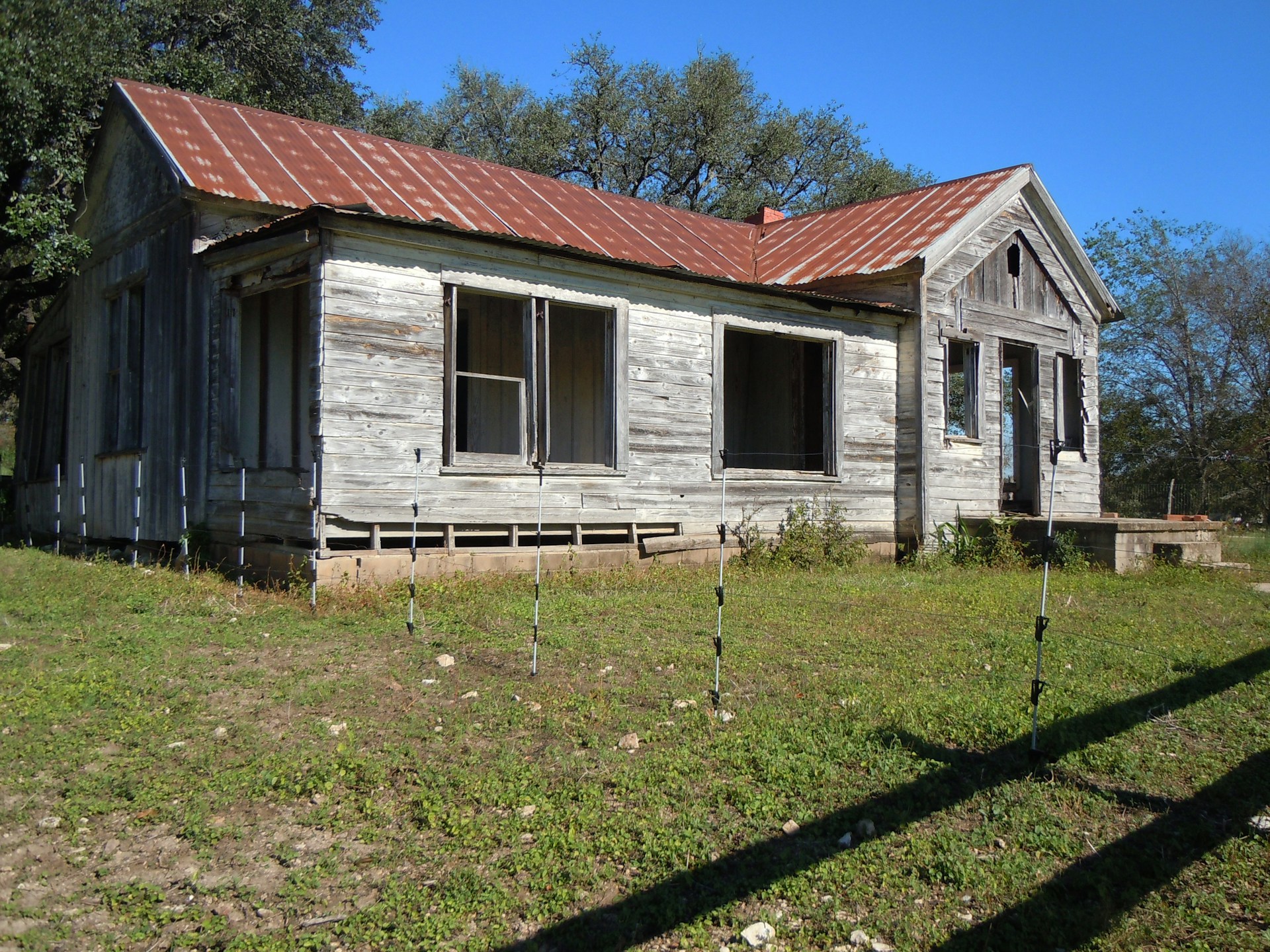
Georgetown’s surge is visible on the street. New rooftops keep pace with a swelling population, and the renovated courthouse square anchors a daily rhythm of coffee, galleries, and live music. Proximity to Austin matters, but the city’s value comes from its own institutions, from trail networks to a respected university presence. Construction cranes bring worry in some places, here they bring balance, adding supply before pressure snaps. Growth feels organized, welcoming, and built to last.
Kissimmee, Florida
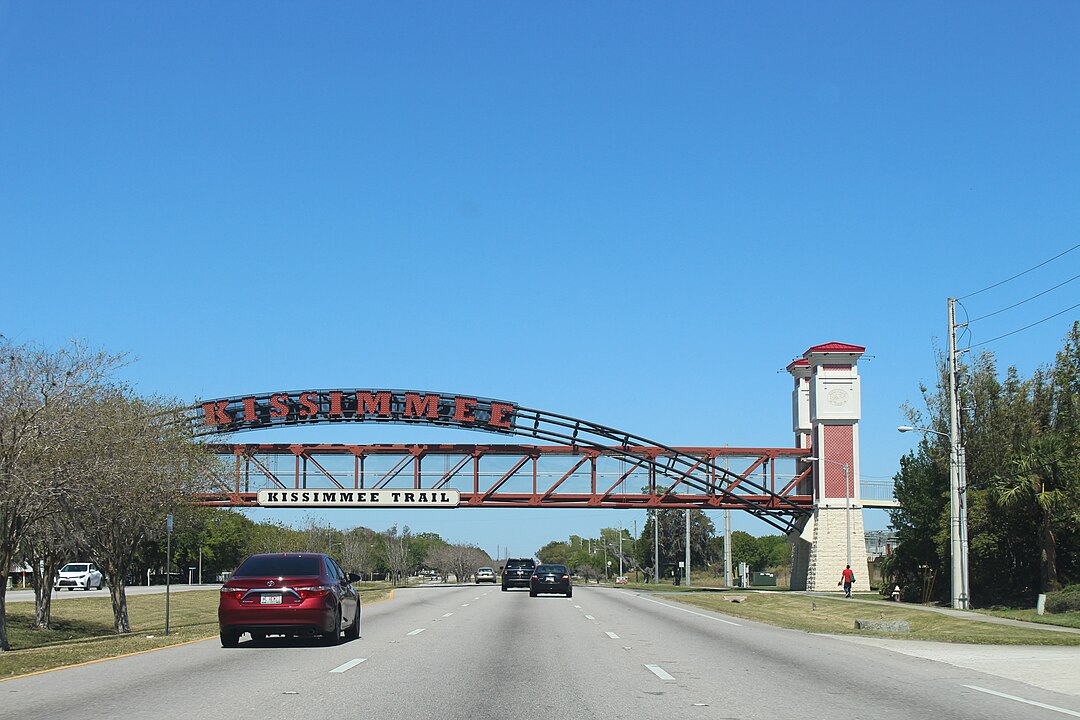
Kissimmee is a magnet for newcomers, and the reasons stack up quickly. Jobs tied to hospitality and logistics are diversifying into healthcare and services, and housing delivery keeps the ladder open for renters and buyers. Nature preserves sit close to neighborhoods, which lowers the pulse when the parks get busy. Restaurants, food trucks, and weekend festivals create an easy landing for arrivals. The energy reads as stable expansion, the kind that funds sidewalks, libraries, and after school programs.
South Jordan, Utah
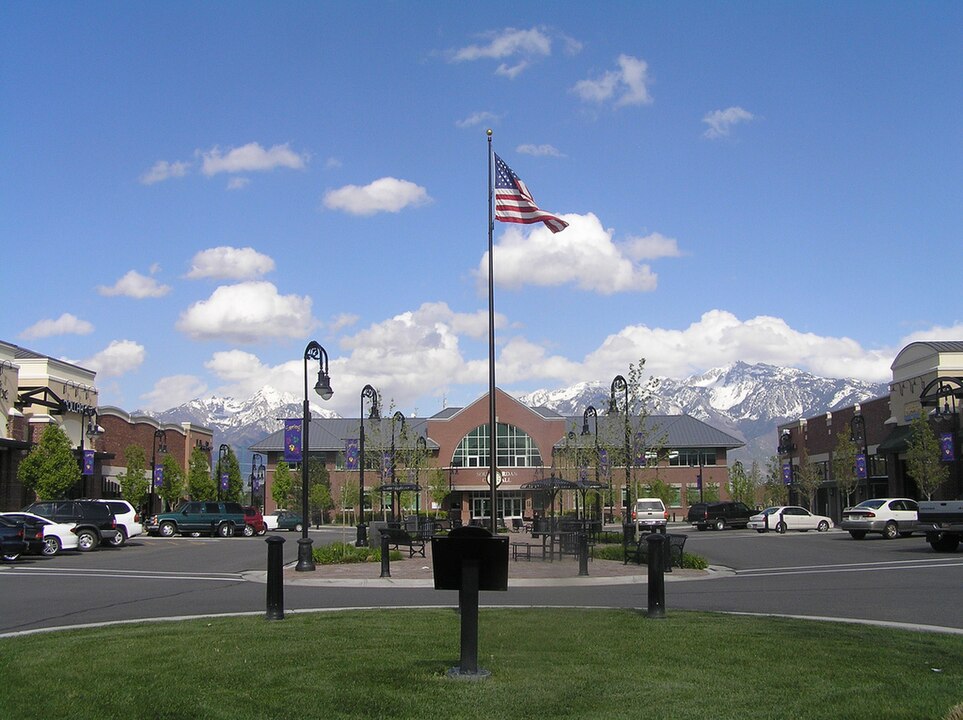
South Jordan pairs new housing with a calm, safe feel that families value. Crime sits low, parks and lakes sit close, and the Wasatch Front turns weekends into hikes or ski days without long drives. Master planned districts help infrastructure keep up with growth, so schools and roads do not lag. Tech jobs across the valley feed local incomes, yet the mood stays neighborhood first. It is a suburban city with a spine, organized, outdoorsy, and steadily confident.
Woodbury, Minnesota
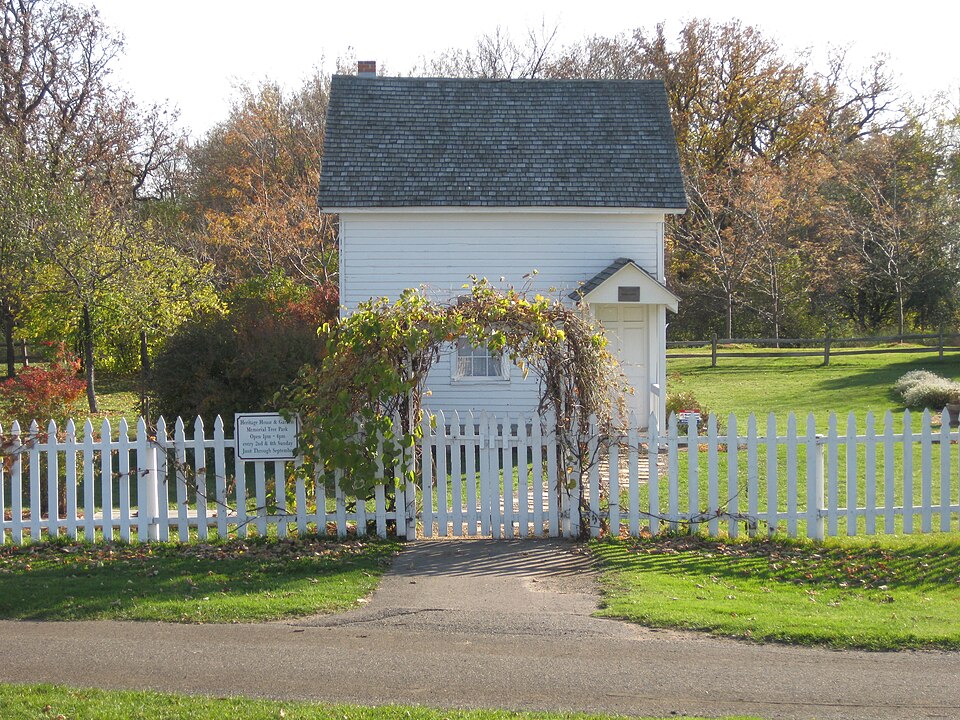
Woodbury grows with a steady hand. Population and incomes nudge upward, crime trends below many peers, and unemployment stays low across the metro. Retail and healthcare clusters along main corridors, leaving neighborhoods to focus on trails, ponds, and well kept fields. Residents invest in schools and clubs, which keeps talent close and volunteer calendars full. The result is practical momentum, the kind that turns a pleasant suburb into a place where teens, commuters, and retirees all find their lane.
O’Fallon, Missouri
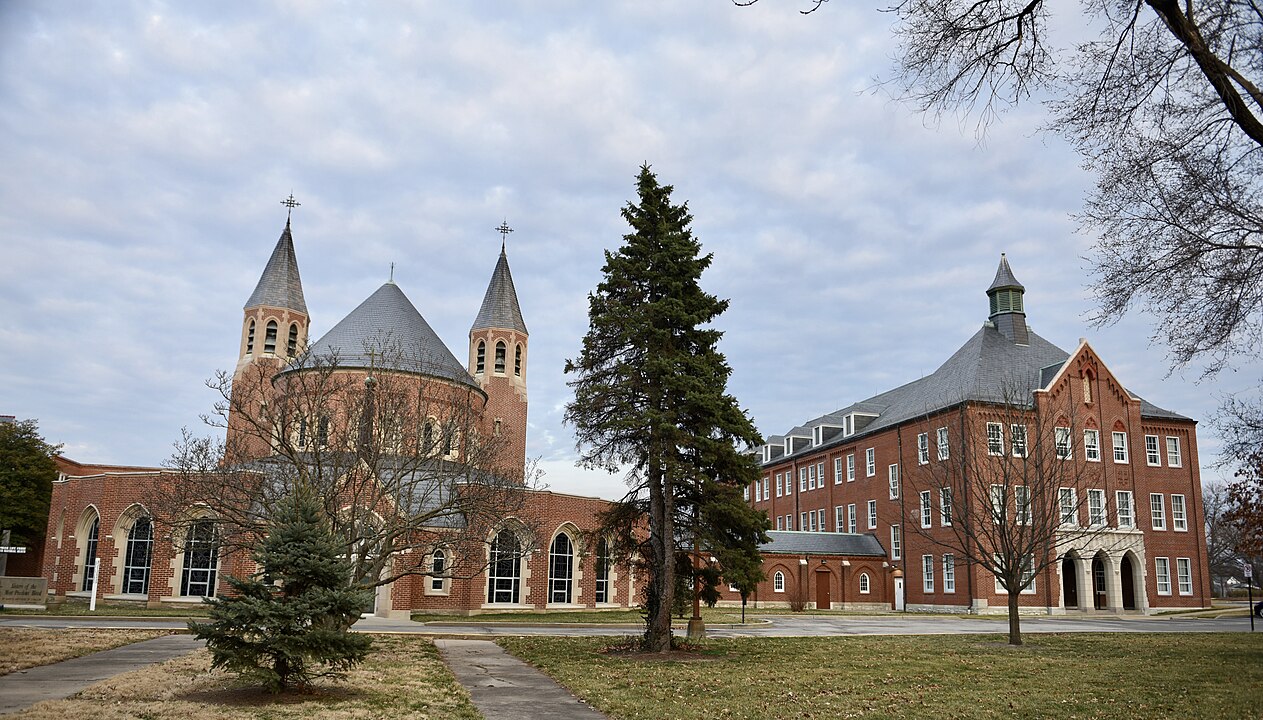
O’Fallon benefits from St. Louis scale without its stress. Logistics, healthcare, and light manufacturing offer a reliable job ladder, and crime rates remain competitive. New subdivisions do not sit empty, they fill with playgrounds, league schedules, and steady local spending. Commutes are reasonable, which leaves energy for weeknight life. As the commercial mix thickens and parks link up, the city projects the sort of confidence that keeps graduates nearby and welcomes newcomers with minimal friction.
Johnson City, Tennessee
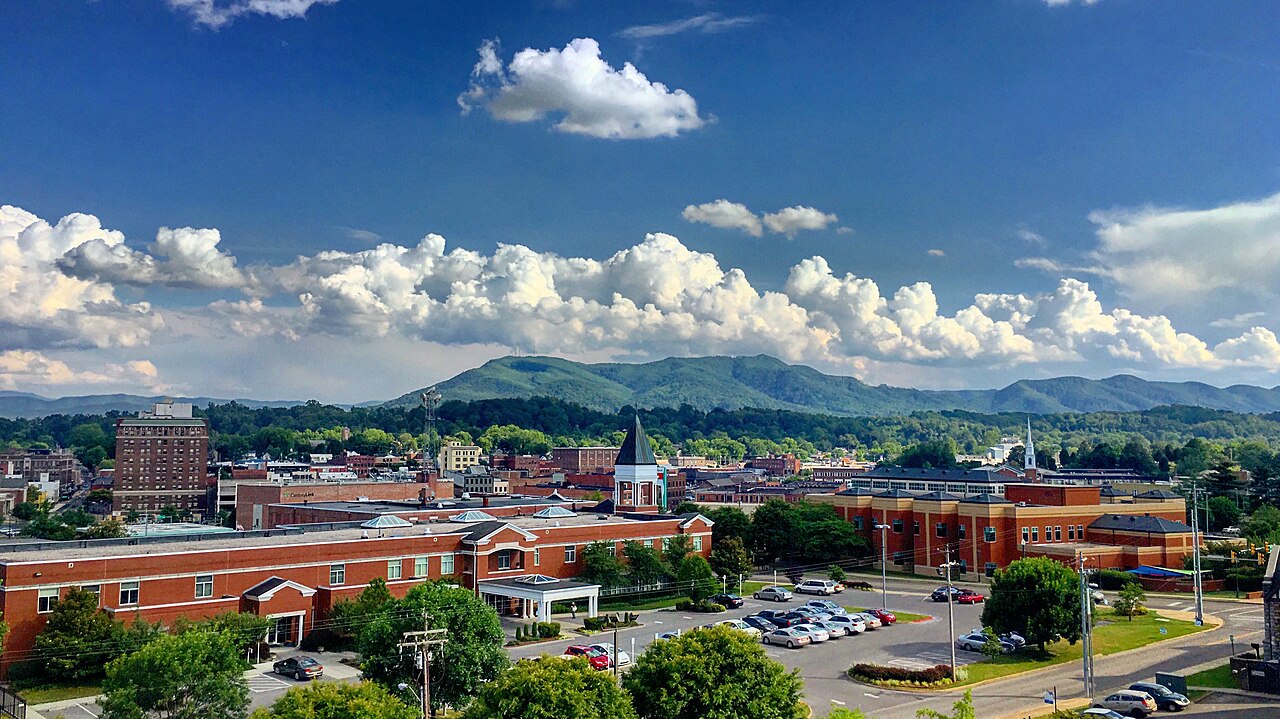
Johnson City has momentum that starts at street level. A university and medical hubs keep the weekday engine humming, while entrepreneurs have been busy opening cafés, breweries, and studios. New business formation has jumped, and that creativity shows up in renovated blocks and event calendars. Mountains frame the skyline, so trail time fits after work. Housing is still attainable by regional standards, which helps students become residents, and residents become owners who stick around and invest locally.
Lodi, California
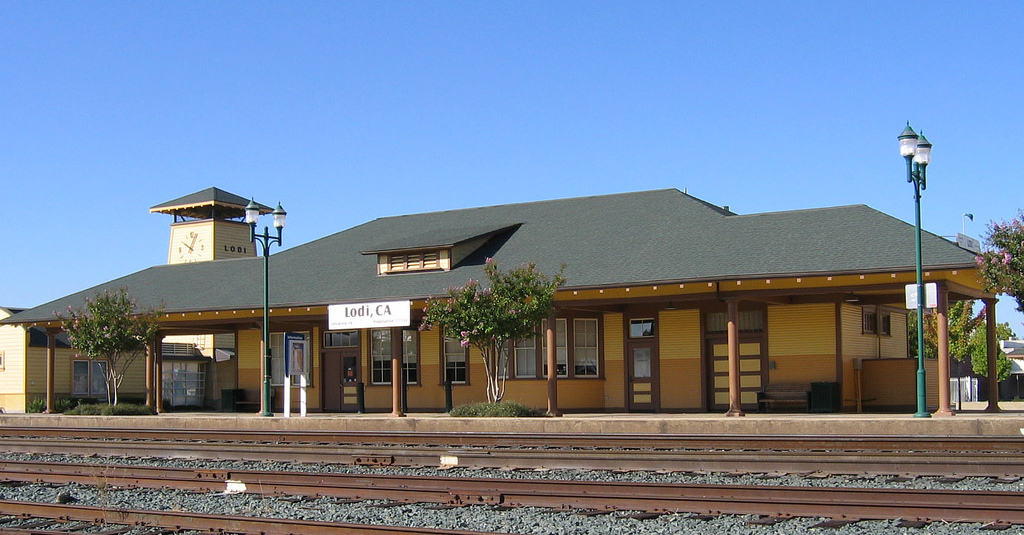
Lodi is stepping beyond tasting rooms into a fuller civic moment. Median incomes have climbed quickly, and the downtown core now supports a broader spread of dining, music, and markets. Agriculture and logistics steady the payroll, while tourism brings a clean surge on weekends. Neighborhoods stay walkable, and side streets feel like part of the experience, not a detour. As amenities round out and small venues mature, the city reads less like a stopover and more like a choice.
Avondale, Arizona
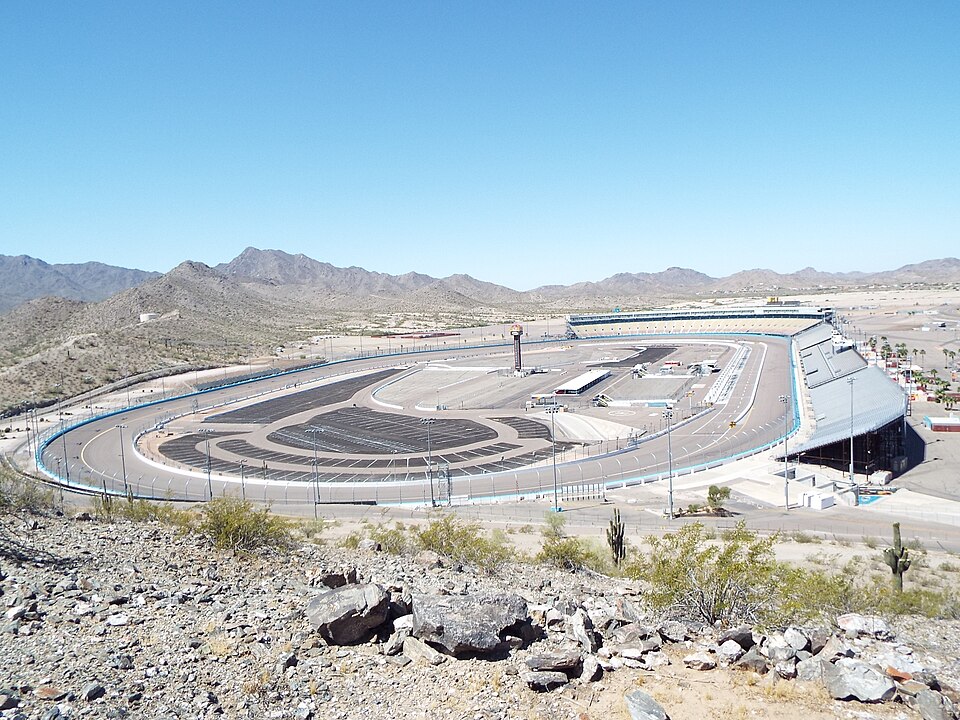
Avondale rides the greater Phoenix wave with its own sense of place. Housing comes online at pace, medical campuses add stable employment, and freeway links make regional commutes realistic. Spring training and trail networks bring seasonal buzz, then patios and community events keep evenings lively when the heat dips. Entertainment options are catching up to the rooftops, and small business corridors are starting to stitch districts together. The direction is clear, growth with a plan and room to breathe.
